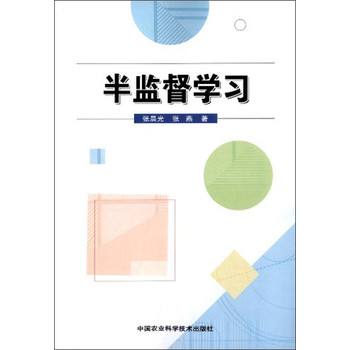Despite the remarkable achievement of recent underwater image restoration techniques, the lack of labeled data has become a major hurdle for further progress. In this work, we propose a mean-teacher based Semi-supervised Underwater Image Restoration (Semi-UIR) framework to incorporate the unlabeled data into network training. However, the naive mean-teacher method suffers from two main problems: (1) The consistency loss used in training might become ineffective when the teacher's prediction is wrong. (2) Using L1 distance may cause the network to overfit wrong labels, resulting in confirmation bias. To address the above problems, we first introduce a reliable bank to store the "best-ever" outputs as pseudo ground truth. To assess the quality of outputs, we conduct an empirical analysis based on the monotonicity property to select the most trustworthy NR-IQA method. Besides, in view of the confirmation bias problem, we incorporate contrastive regularization to prevent the overfitting on wrong labels. Experimental results on both full-reference and non-reference underwater benchmarks demonstrate that our algorithm has obvious improvement over SOTA methods quantitatively and qualitatively. Code has been released at https://github.com/Huang-ShiRui/Semi-UIR.
翻译:虽然近期水下图像恢复技术的成就引人注目,但缺乏标注数据已成为进一步发展的主要障碍。在这项工作中,我们提出了一种基于mean-teacher的半监督水下图像恢复(Semi-UIR)框架,将未标注数据纳入网络训练中。然而,简单的平均教师方法存在两个主要问题:(1)训练中使用的一致性损失可能在教师的预测错误时变得无效。 (2)使用L1距离可能导致网络过度拟合错误标签,产生确认偏见。为了解决上述问题,我们首先引入了一个可靠性银行来存储“最佳”输出作为伪基础真相。为了评估输出的质量,我们进行了基于单调性属性的经验分析,以选择最可信的NR-IQA方法。此外,针对确认性偏见问题,我们加入对比正则化来防止对错误标签的过度拟合。在全参考和非参考水下基准测试上的实验结果表明,我们的算法在定量和定性上都明显优于SOTA方法。代码已在https://github.com/Huan发布。-ShiRui / Semi-UIR。


